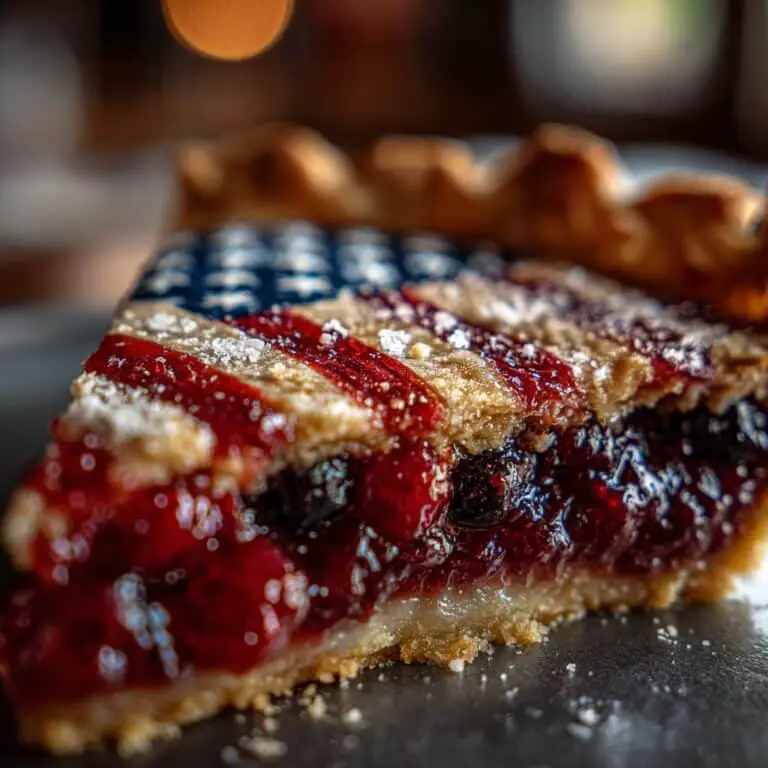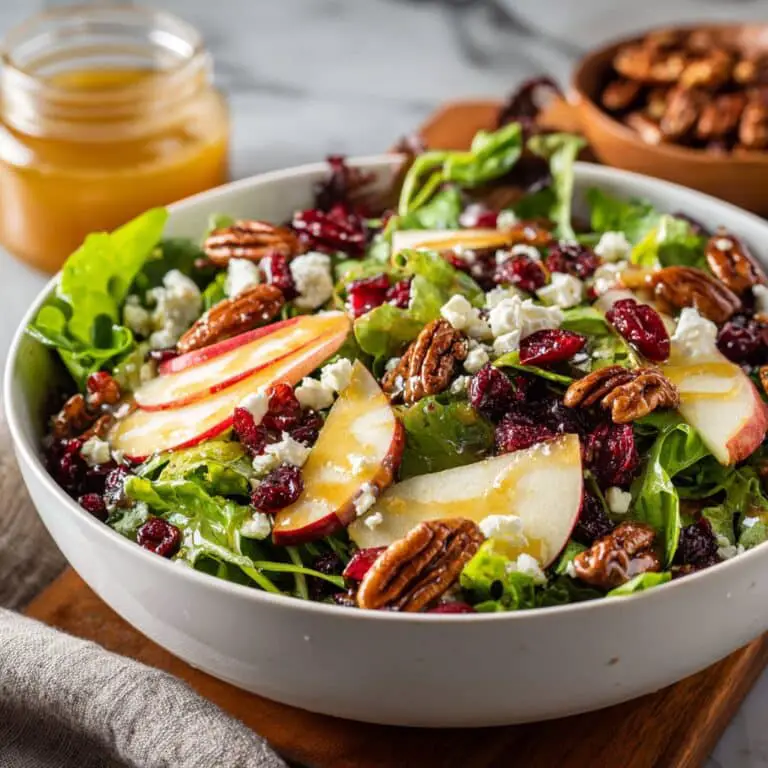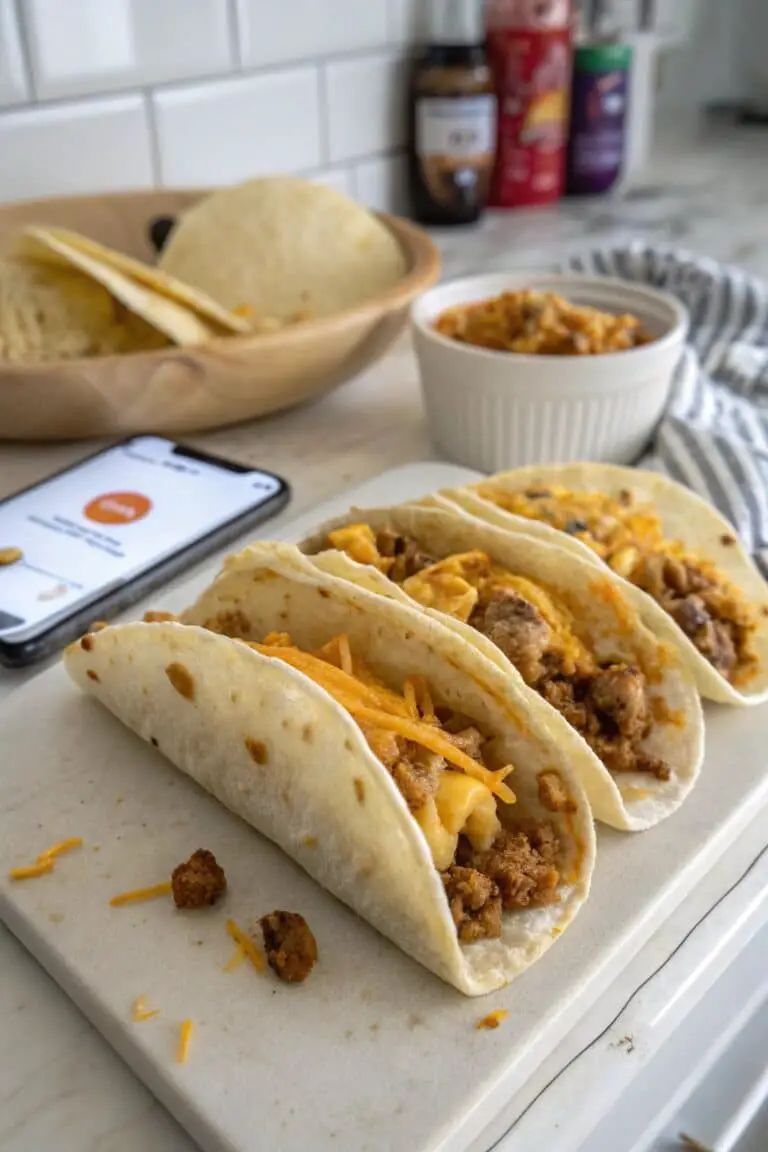Banana Bread Recipe: Easy and Delicious Treat
Banana bread is a beloved baked good that has become a staple in many households around the world. Its origins are somewhat debated, but it is widely believed that banana bread gained popularity in the United States during the Great Depression of the 1930s.
During this time, resourceful homemakers sought ways to avoid food waste, leading to the creation of recipes that utilized overripe bananas. The moist, sweet flavor of banana bread quickly made it a favorite, and it has since become a classic comfort food.
Whether enjoyed as a dessert, a breakfast treat, or a quick snack, banana bread is both versatile and delicious. Learn more about banana bread history here. The versatility of banana bread also lies in its adaptability; with minor adjustments, it can cater to different dietary needs and preferences.
In this article, we'll explore the best banana bread recipe, providing you with step-by-step instructions and tips to ensure a perfect loaf every time.
Ingredients for banana bread
- 3 ripe bananas, mashed
- 1/2 cup melted butter
- 1 cup granulated sugar
- 1 large egg, beaten
- 1 teaspoon vanilla extract
- 1 teaspoon baking soda
- Pinch of salt
- 1 1/2 cups all-purpose flour
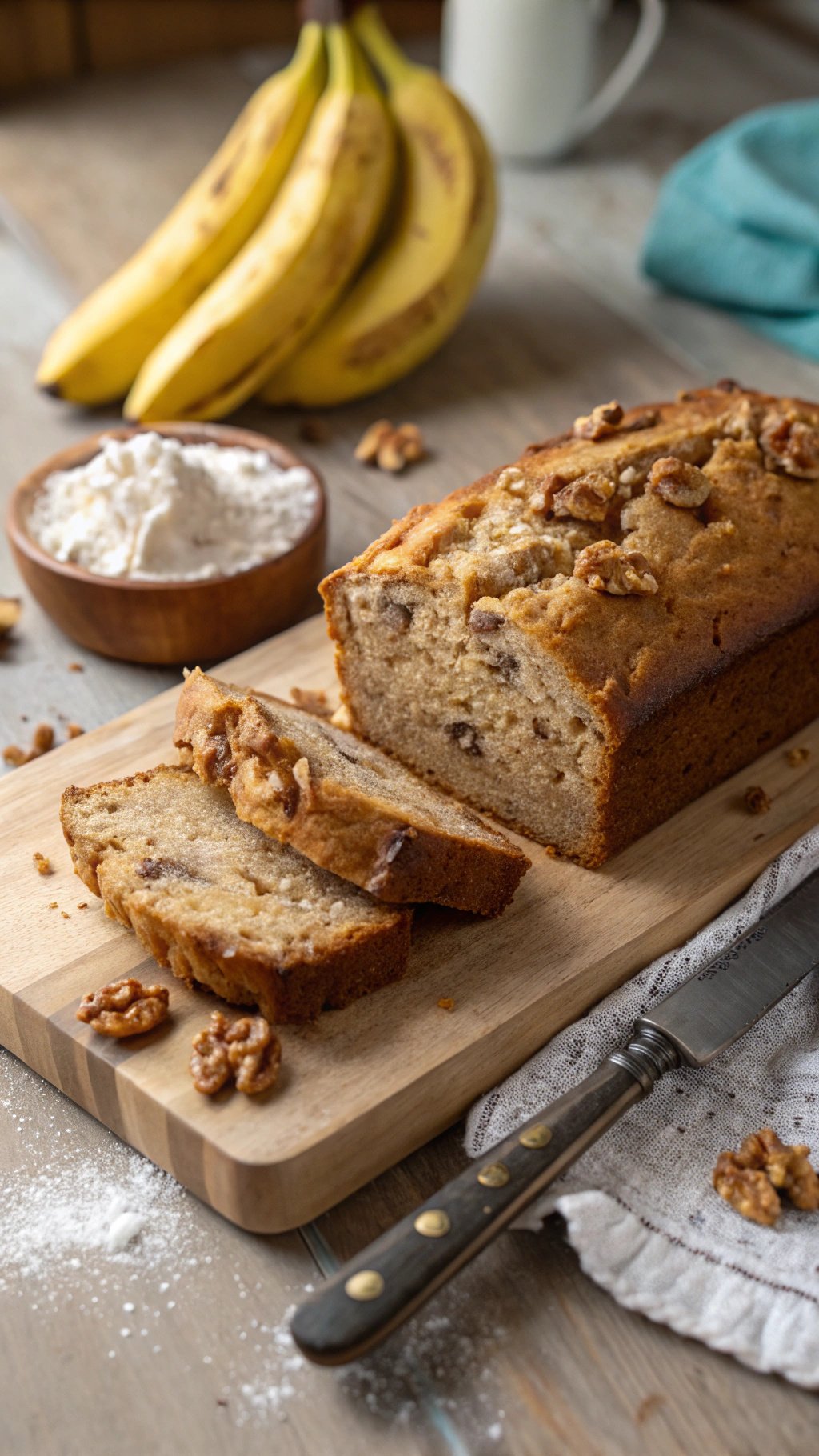
Instructions for Making banana bread
- Preheat your oven to 350°F (175°C), and butter a 4×8-inch loaf pan.
- In a mixing bowl, mash the ripe bananas with a fork until smooth.
- Stir the melted butter into the mashed bananas.
- Mix in the sugar, beaten egg, and vanilla extract.
- Sprinkle the baking soda and salt over the mixture and stir to combine.
- Add the flour and mix just until incorporated. Do not overmix.
- Pour the batter into the greased loaf pan.
- Bake for 60 to 65 minutes, or until a tester inserted into the center comes out clean.
- Remove from oven and let cool in the pan for a few minutes.
- Transfer to a wire rack to cool completely before serving.
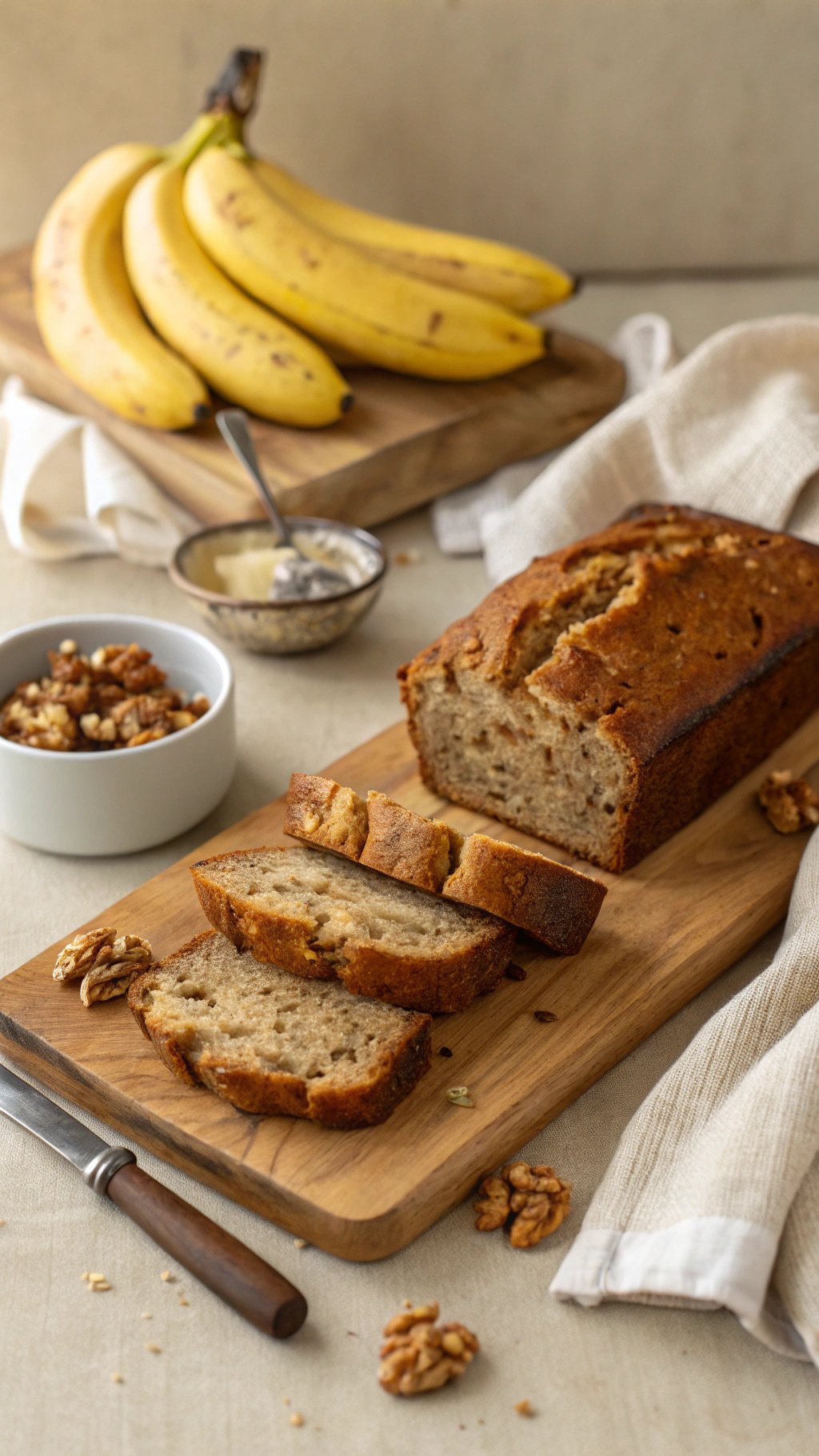
Nutritional Information
Understanding the nutritional content of banana bread can help you enjoy this delightful treat in moderation. A standard slice of banana bread, approximately 100 grams, contains about 196 calories, 6 grams of fat, 33 grams of carbohydrates, and 3 grams of protein.
The calorie content largely comes from the sugars present in the bananas and the added sugar, as well as the fats from the butter. However, banana bread also offers some nutritional benefits. Bananas are rich in potassium, an essential mineral that supports heart health and helps regulate blood pressure.
They also contain vitamin C, vitamin B6, and dietary fiber, which contribute to digestive health. For more detailed nutritional data, visit this nutritional information source.
By making a few simple adjustments, such as substituting whole wheat flour for all-purpose flour or reducing the amount of added sugar, you can increase the nutritional value of your banana bread without sacrificing taste.
Wine/Beverage Pairings With banana bread
When it comes to pairing beverages with banana bread, the options are plentiful. A hot cup of coffee or tea complements the sweet and moist texture of banana bread wonderfully, creating a comforting and soothing experience.
For those who prefer a cold beverage, a glass of milk is a classic choice that enhances the bread's creamy richness. If you're in the mood for something a bit more sophisticated, try pairing banana bread with a dessert wine such as a late harvest Riesling or a sparkling Moscato.
These wines have a natural sweetness that harmonizes beautifully with the flavors of banana bread, making for a delightful pairing.
Cooking Tips and Variations
To ensure your banana bread turns out perfectly every time, consider a few helpful tips and variations. First, choose bananas that are very ripe; the riper they are, the sweeter and more flavorful your bread will be.
If you don't have ripe bananas on hand, you can quickly ripen them by baking them in a 300°F (150°C) oven for 15-20 minutes.
For a healthier version, try substituting half of the all-purpose flour with whole wheat flour, or use applesauce in place of some of the butter to reduce fat content. Adding nuts like walnuts or pecans can provide a satisfying crunch and additional nutrients.
You can also experiment with mix-ins such as chocolate chips or dried fruits to create different flavor profiles. Remember, banana bread is a forgiving recipe, so feel free to adjust ingredients to suit your taste and dietary requirements.
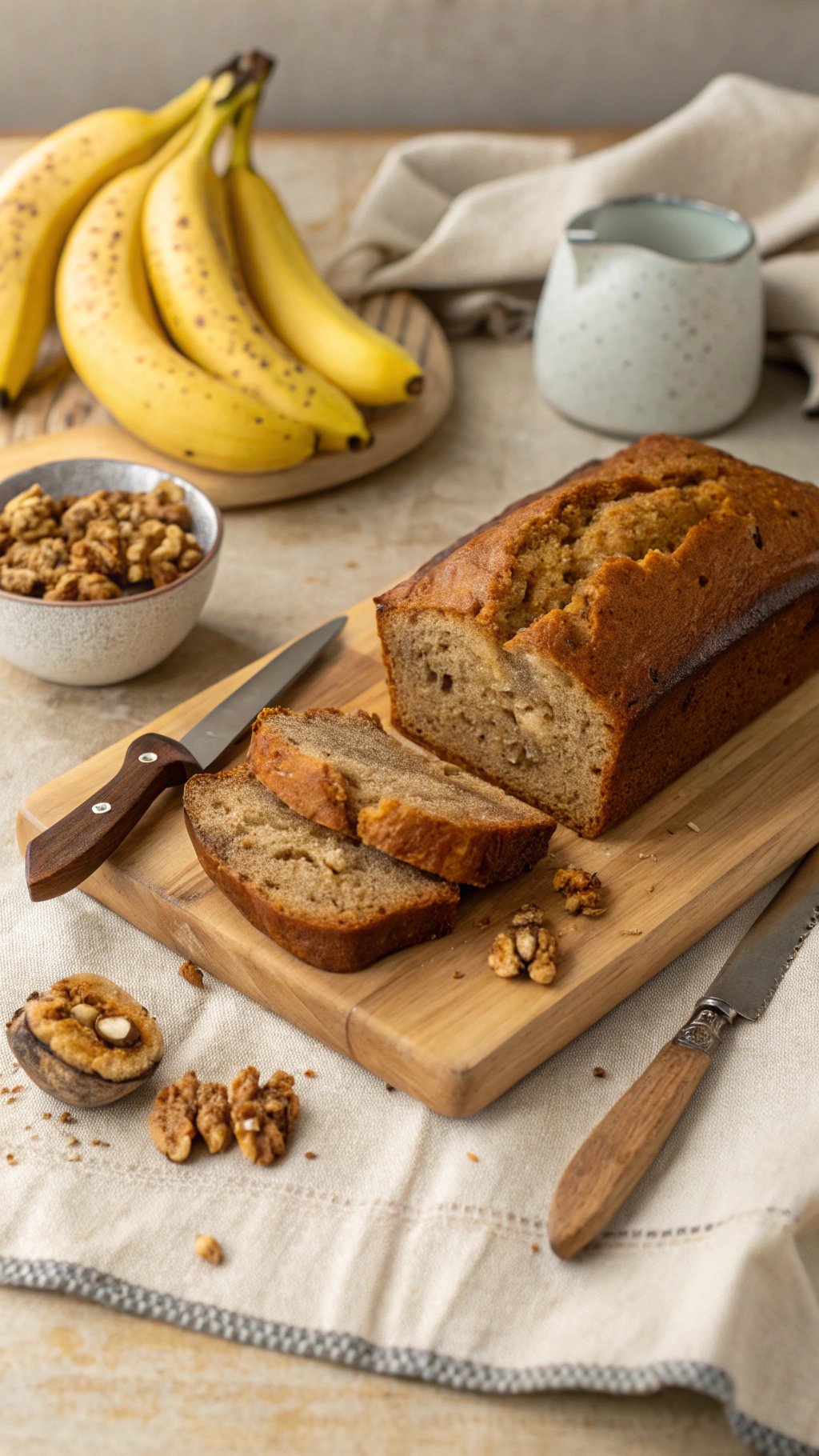
Serving Suggestions
Banana bread is incredibly versatile when it comes to serving suggestions. It can be enjoyed at any time of the day, making it a perfect choice for breakfast, brunch, or an afternoon snack.
For breakfast, consider serving a slice of banana bread with a dollop of Greek yogurt and a drizzle of honey for a balanced meal. If you're hosting a brunch, banana bread can be part of a spread that includes fresh fruits, cheeses, and other baked goods.
For a more indulgent treat, try serving banana bread with a scoop of vanilla ice cream or a spread of cream cheese frosting. When served warm, the aroma and flavors of banana bread are enhanced, creating an inviting and comforting experience.
To achieve this, you can gently warm slices in the oven or toaster. Additionally, banana bread makes a wonderful gift. Wrap a loaf in parchment paper and tie it with a ribbon for a personal touch, and you'll have a homemade present that's sure to be appreciated.
banana bread Health Benefits
Banana bread, when made with wholesome ingredients, can offer some health benefits. Bananas, the star ingredient, are known for their high potassium content, which is vital for maintaining healthy blood pressure levels and supporting heart health.
They are also a good source of vitamin C, which is essential for immune function and skin health, and vitamin B6, which supports brain health and mood regulation.
By incorporating whole wheat flour into your banana bread, you increase the fiber content, which can aid in digestion and help maintain stable blood sugar levels. Additionally, using natural sweeteners like honey or maple syrup instead of refined sugar can provide extra antioxidants.
If you opt to add nuts such as walnuts or almonds, you'll benefit from healthy fats and additional protein. However, it's important to remember that banana bread is still a treat and should be enjoyed in moderation.
Balancing it with a diet rich in fruits, vegetables, lean proteins, and whole grains is key to maintaining overall health.
FAQs About banana bread
Can I freeze banana bread?
Yes, banana bread freezes very well. Allow it to cool completely, wrap it tightly in plastic wrap, and then place it in a freezer bag. It can be frozen for up to three months.
What is the best way to store banana bread?
Store banana bread in an airtight container at room temperature for up to four days. To extend its freshness, you can refrigerate it, which will keep it good for up to a week.
How do I make banana bread more moist?
Ensure your bananas are overripe for maximum moisture. You can also add a tablespoon or two of yogurt or sour cream to the batter for an extra moist loaf.
Can I use frozen bananas for banana bread?
Yes, you can use frozen bananas. Thaw them completely and drain off any excess liquid before mashing and adding them to the batter.
What can I substitute for eggs in banana bread?
You can use 1/4 cup of applesauce or mashed avocado as an egg substitute in banana bread. Another option is to use a flaxseed egg by mixing one tablespoon of flaxseed meal with three tablespoons of water.
Banana bread is a delightful and easy-to-make treat that brings comfort and joy to any occasion. Its simplicity and the ability to customize it to your liking make it a favorite in kitchens everywhere. Whether you enjoy it with a hot beverage or as a midday snack, banana bread is sure to satisfy. We hope this guide helps you create the perfect loaf, and we encourage you to experiment with different variations to suit your taste. Happy baking!

